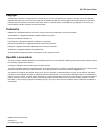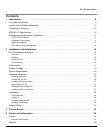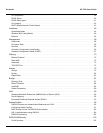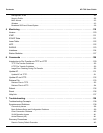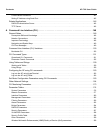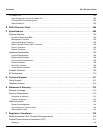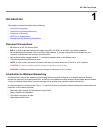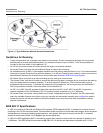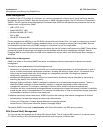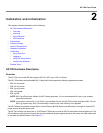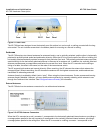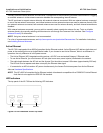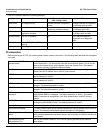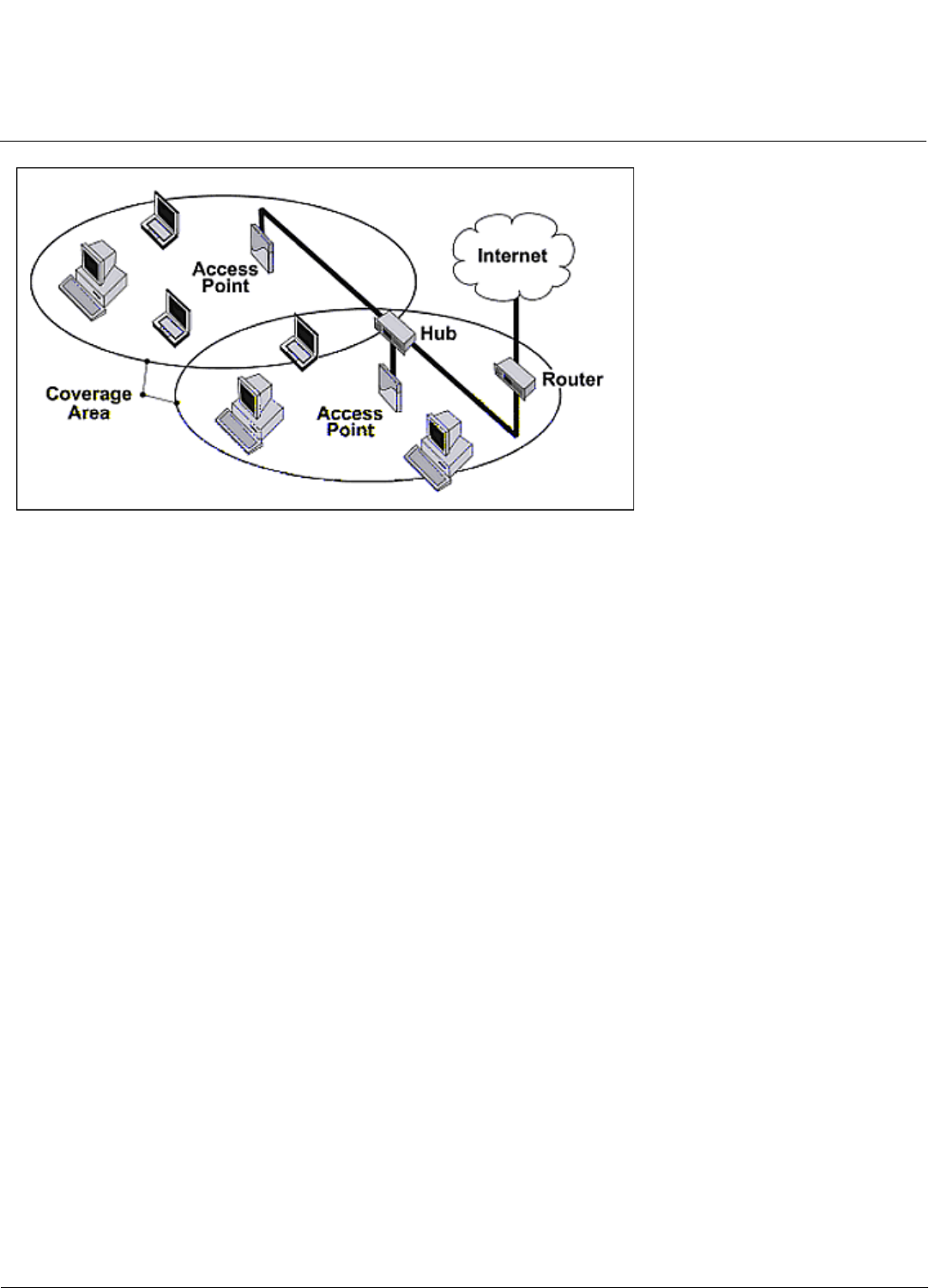
Introduction AP-700 User Guide
Guidelines for Roaming
10
Figure 1-1 Typical Wireless Network Access Infrastructure
Guidelines for Roaming
• Typical voice network cell coverages vary based on environment. Proxim recommends having a site survey done
professionally to ensure optimal performance. For professional site surveyors, Ekahau™ Site Survey software is
included in the Xtras folder of the Installation CD.
• An AP can only communicate with client devices that support its wireless standard.
• All Access Points must have the same Network Name to support client roaming.
• All workstations with an 802.11 client adapter installed must use either a Network Name of “any” or the same Network
Name as the Access Points that they will roam between. If an AP has Closed System enabled, a client must have the
same Network Name as the Access Point to communicate (see Broadcast SSID and Closed System).
• All Access Points and clients must have matching security settings to communicate.
• The Access Points’ cells should overlap to ensure that there are no gaps in coverage and to ensure that the roaming
client will always have a connection available. To ensure optimal AP placement, Proxim recommends having a
professional site survey done. To facilitate the automation of this placement, site surveyors may use the Ekahau™
Site Survey software included in the Xtras folder of the Installation CD.
• An 802.11a or 802.11b/g AP operates at faster data rates than the 802.11b AP. 802.11a and 802.11g products
operate at speeds of up to 54 Mbits/sec; 802.11b products operate at speeds of up to 11 Mbits/sec.
• All Access Points in the same vicinity should use a unique, independent channel. By default, the AP automatically
scans for available channels during boot-up but you can also set the channel manually (see Interfaces for details).
• Access Points that use the same channel should be installed as far away from each other as possible to reduce
potential interference.
IEEE 802.11 Specifications
In 1997, the Institute of Electrical and Electronics Engineers (IEEE) adopted the 802.11 standard for wireless devices
operating in the 2.4 GHz frequency band. This standard includes provisions for three radio technologies: direct sequence
spread spectrum, frequency hopping spread spectrum, and infrared. Devices that comply with the 802.11 standard
operate at a data rate of either 1 or 2 Megabits per second (Mbits/sec).
In 1999, the IEEE modified the 802.11 standard to support direct sequence devices that can operate at speeds of up to
11 Mbits/sec. The IEEE ratified this standard as 802.11b. 802.11b devices are backwards compatible with 2.4 GHz



